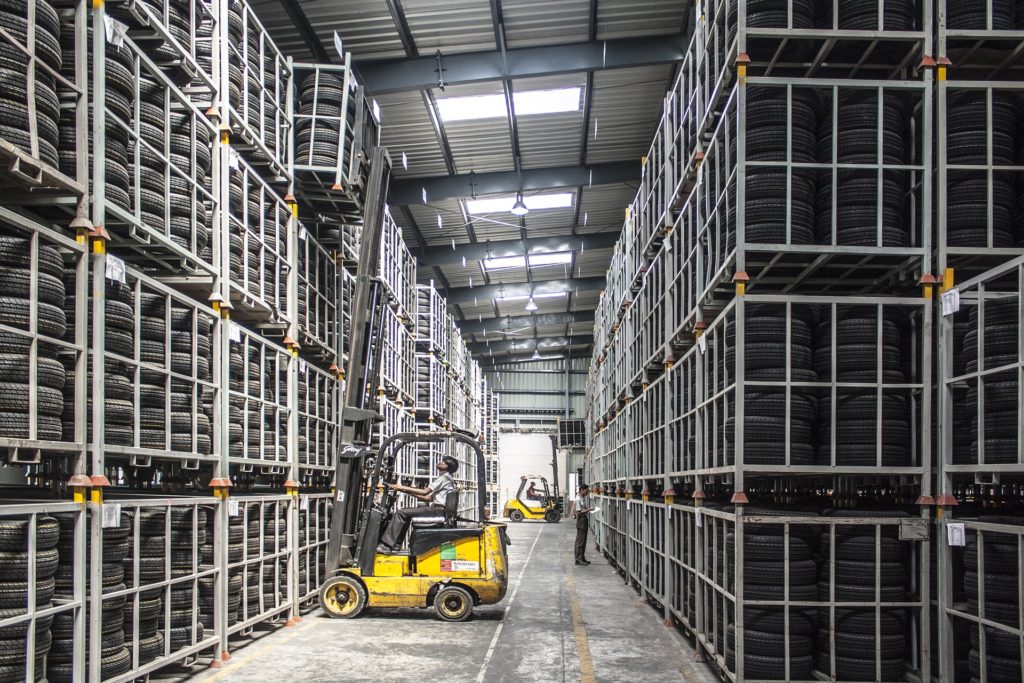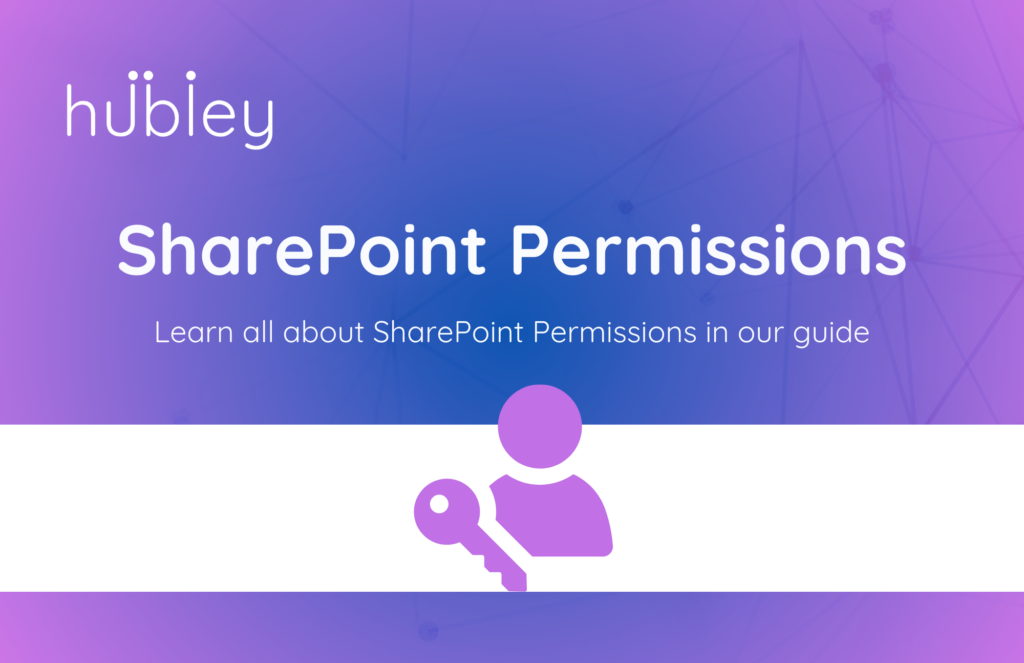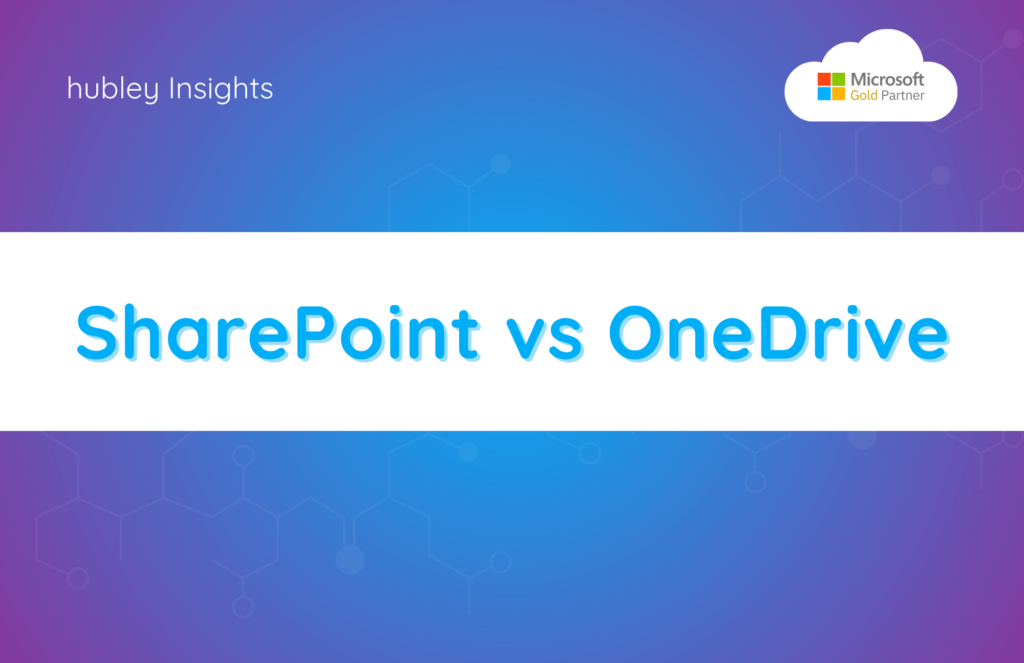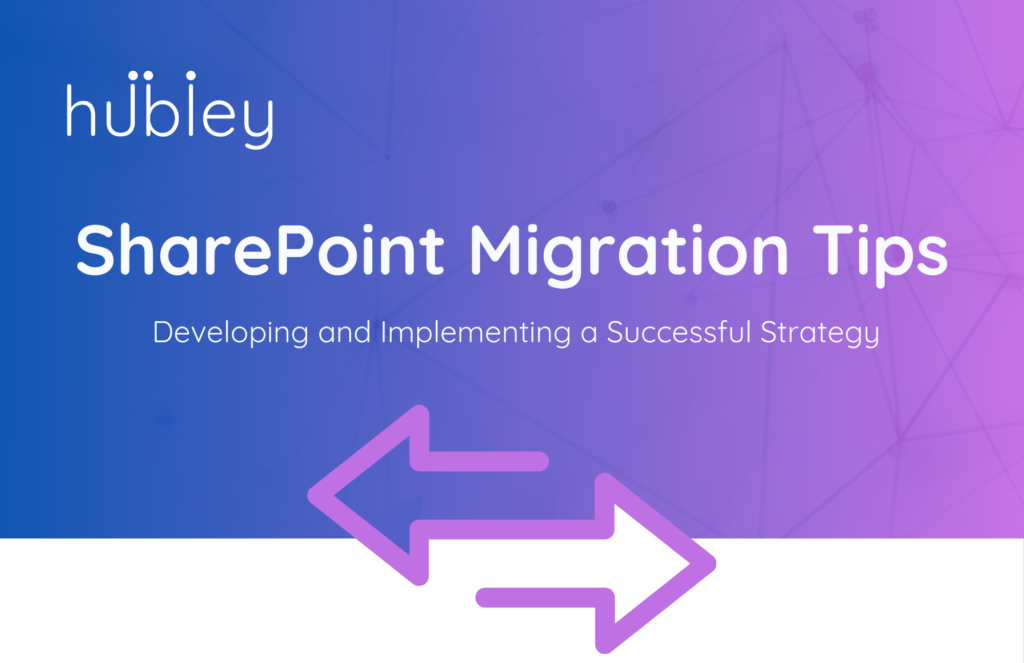At hubley, we've navigated numerous migration projects—some for massive enterprises, others for small datasets as tiny as 6MB. Most of our clients are transitioning to SharePoint Online, often referred to as "migrating to the Cloud."
A common query we face is, "Can you move everything during the upgrade, and we'll clean up later?" Frankly, that's a bad idea. Allow me to be blunt here: No, it's not a good move.
In my life's various relocations, I've often thought it'd be easier to keep only what truly matters and set the rest ablaze. Migrations should follow a similar principle.
If you 'lift and shift'—relocating everything to your upgraded SharePoint environment—it's akin to transporting your belongings from one house to another without considering the new layout. The new house isn't the same; the floor plan and walls differ. And let's face it, you probably don't need everything from the old house. When people move, they discard loads of unnecessary items for a reason. Similarly, a SharePoint upgrade requires a thoughtful approach.
At hubley, we've perfected a migration formula that's proven successful. Ready for details? Great, because that's what I'm here for.
The hubley Migration Formula: Streamlining the Process
Firstly, we run an environment script to analyze your data—its volume, types, and last updates. These analytics guide our clients in deciding what's worth leaving behind. Most clients opt to archive unnecessary items—sometimes onto tape and into storage. While keeping data 'just in case' is common, we urge a critical review to avoid hoarding irrelevant information.
An upgrade aims to streamline content sprawl and disorganization. Always prioritize relevance. Consider how information should be presented and where it should reside in the upgraded environment. After our script analysis, we collaborate with business owners, content authors, and stakeholders, making 'keep, delete, or archive' decisions. We plan data placement based on the upgraded environment's information architecture and how it should feature in the new SharePoint world.
We delve into custom SharePoint development, identifying potential migration pitfalls related to custom functionality. We aim to modify or re-develop these features for compatibility in the upgrade or propose a hybrid model for extensive customization.
Testing and Execution: From Trial Runs to the Big Show
We conduct test migration iterations, identifying issues, resolving them, and preparing for the production migration. It helps determine the duration of the migration and anticipates possible challenges.
Carefully scheduling migration timelines is crucial to prevent disrupting active SharePoint environments. Over-communication is key—informing all users about scheduled downtime ensures they save their work beforehand.
Here's a surprise: We migrate ALL data via a third-party tool and use scripts for post-migration cleanup based on 'keep/archive/delete' decisions. This approach ensures no 'keep' data lingers in the old SharePoint universe, avoiding post-migration cleanup challenges.
We plan migrations during off-hours—overnights, weekends, and holidays—to minimize disruptions. Additionally, we facilitate testing by business owners in the production environment, ensuring all fixes are in place before deployment.
Finally, the big moment: Go live at the scheduled time, ensuring everything runs smoothly.
Are you planning a migration? Need assistance? I've got you covered.
Thanks for exploring the intricacies of SharePoint migration with us!









